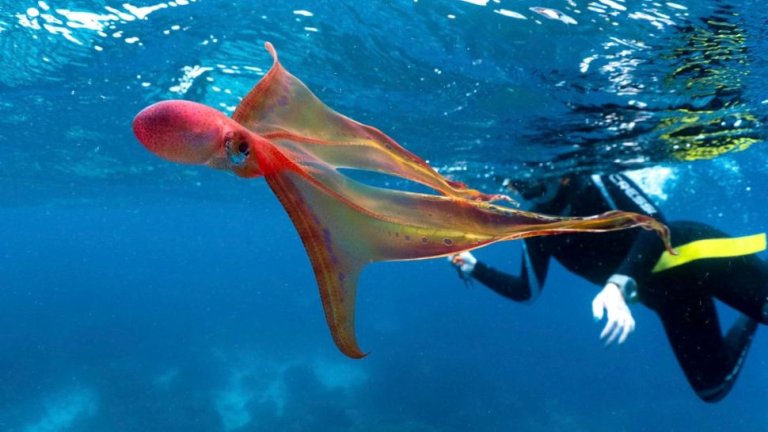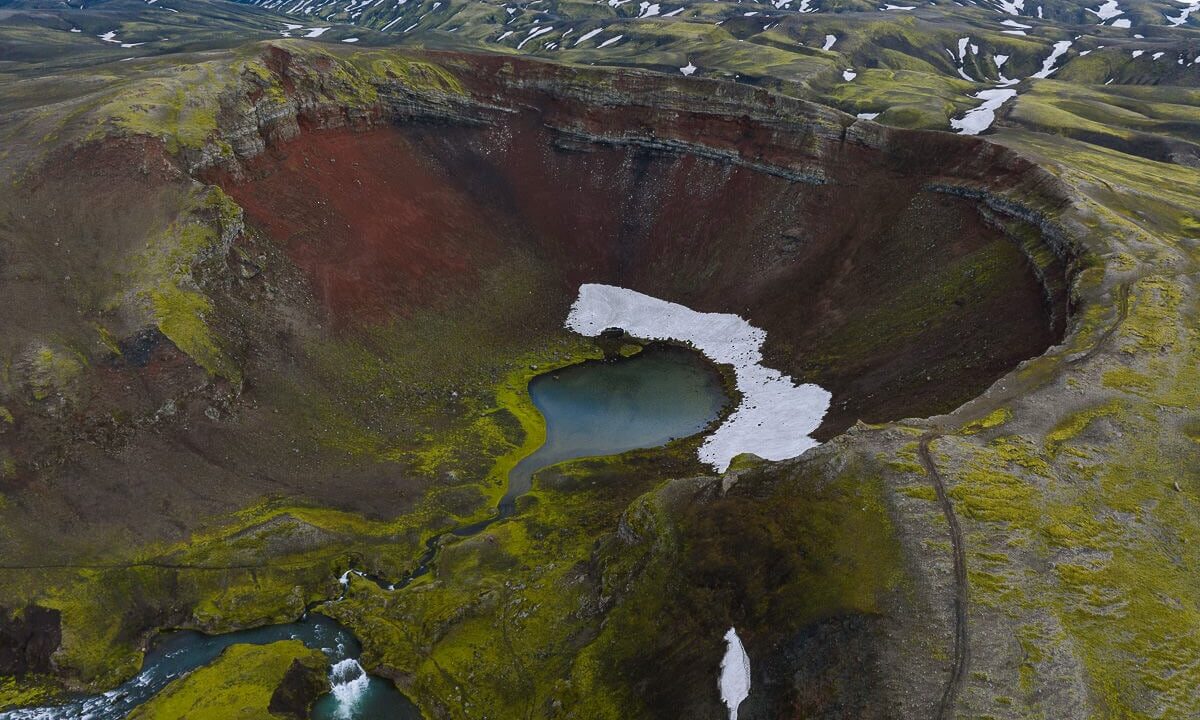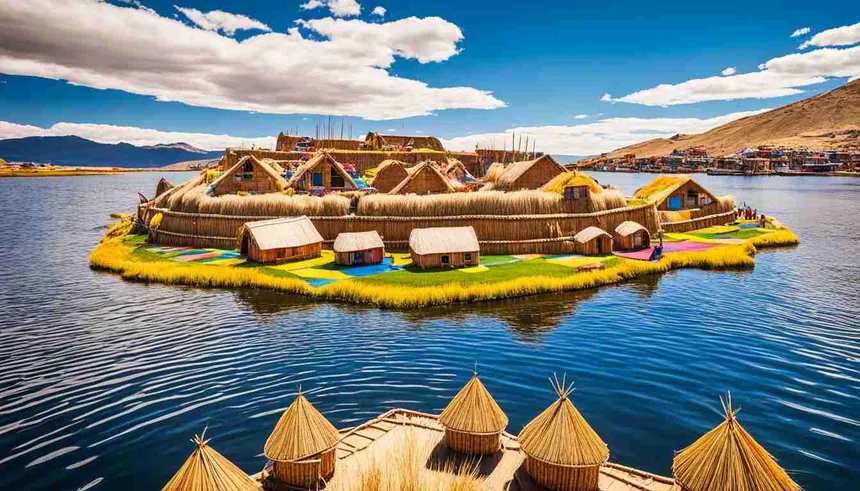On the border of Peru and Bolivia lies a world-famous lake Lake Titicaca, the highest navigable lake in the world. But beyond its breathtaking natural beauty, the lake holds a cultural wonder: floating villages entirely built on water by the Uros people.
What Is a Floating Village?
The floating villages on Lake Titicaca are settlements built on man-made islands. These islands are not made of soil, but of totora reeds, a type of bulrush that grows abundantly around the lake.
The totora is tied and stacked into thick layers. On top of these, residents build houses, watchtowers, and even schools. Everything truly floats on the water.
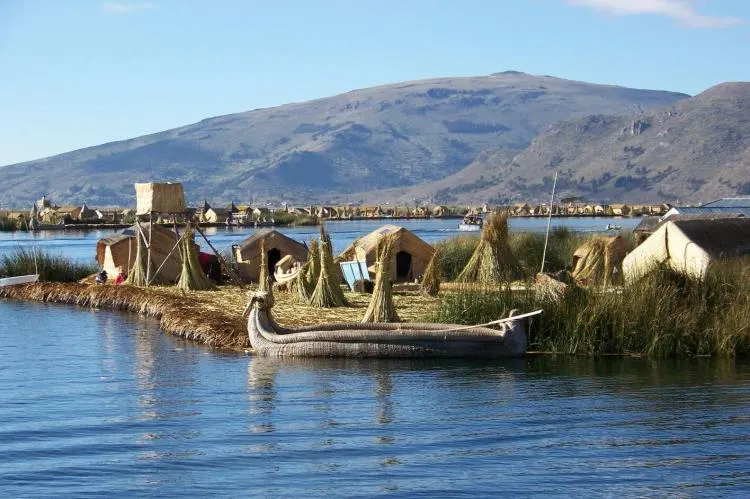
History of the Floating Villages
The tradition of building floating villages dates back centuries. The Uros created these islands as a way to protect themselves from enemies. By living on water, they could move their homes more easily whenever a threat arose.
Today, while the islands are no longer used for defense, they are preserved as an important cultural identity and tourist attraction.
Daily Life in the Floating Villages
Life on floating islands is full of challenges, yet it remains unique:
- Houses are made of totora, which must be replaced regularly as the reeds decay.
- Transportation relies on traditional reed boats, often shaped like dragons.
- Livelihoods include fishing, raising poultry, and increasingly, tourism.
- Uros children attend simple floating schools.
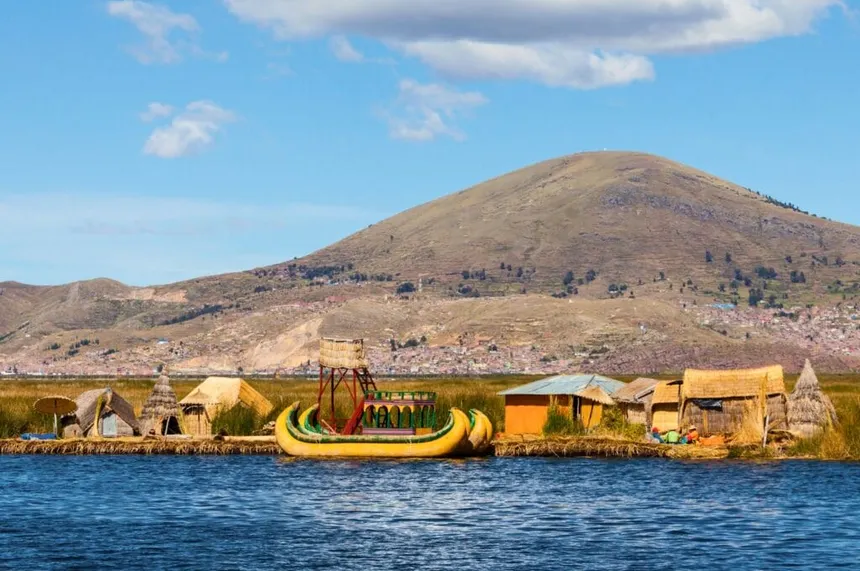
A Tourist Attraction
The Uros floating villages have become a popular destination for travelers visiting Lake Titicaca. Tourists can ride reed boats, explore the floating islands, and interact directly with the local people.
The combination of the lake’s deep blue waters with the golden totora islands creates an unforgettable and truly unique experience.
Conclusion:
The floating villages of Lake Titicaca are a remarkable example of how humans adapt to their environment. They are not only beautiful but also carry deep historical and cultural significance. To this day, the Uros people continue to preserve this tradition, making it one of the most iconic cultural heritages of Peru and Bolivia.

